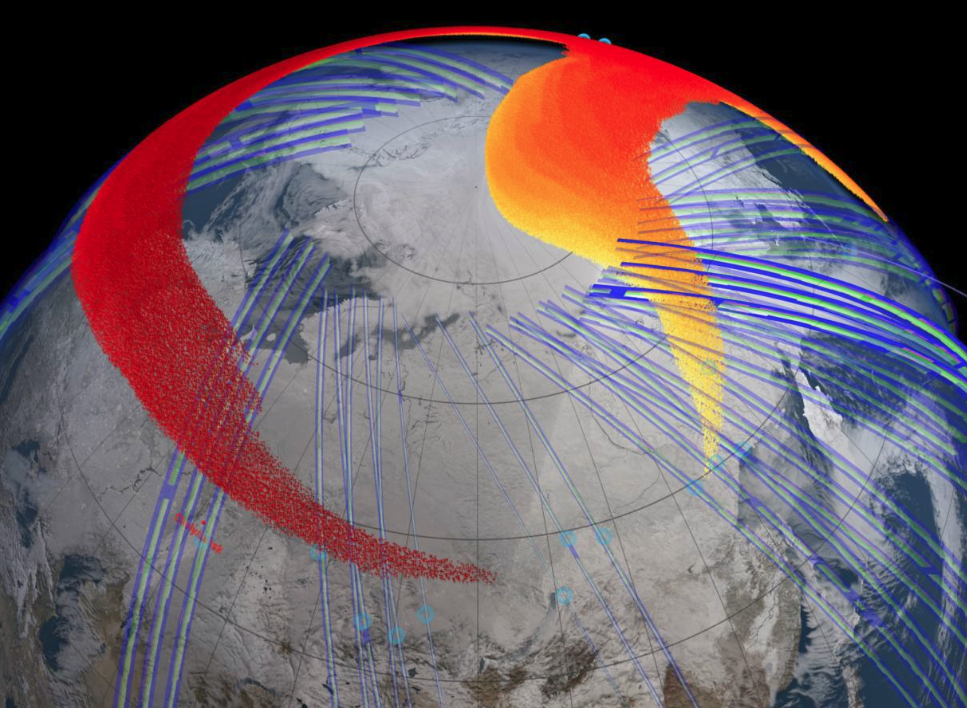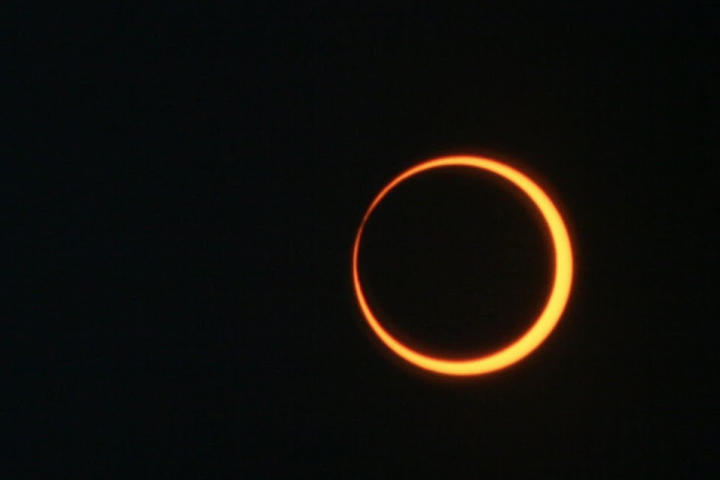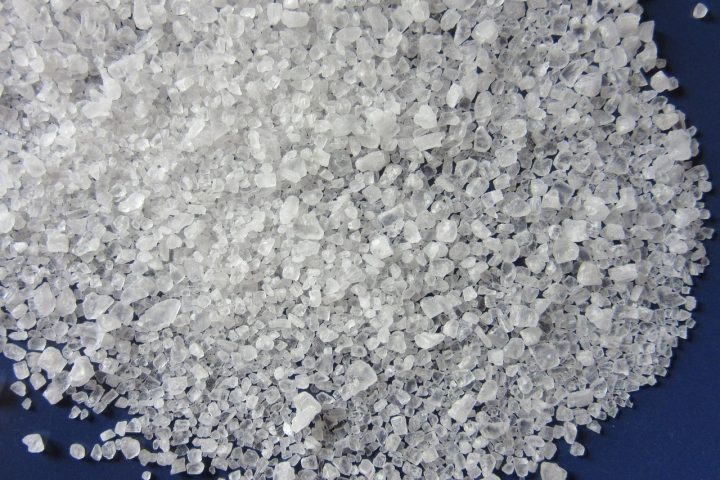Scientists find tiny microcrystals of carbon in unusual shapes like hexagonal rods and round clam shells

Unique and tiny carbon crystals with various unusual shapes and “peculiar morphological features” have been found in the dust of a space rock that exploded in Russia nearly a decade ago.
The space rock, which exploded on February 15, 2013 and fell in the Southern Urals region, is also known as a superbolide and is the largest meteorite to have exploded on Earth so far in the 21st century.
- 317 shootings in the US in 186 days
- No news from NASA’s CAPSTONE satellite
- Hot water is restricted in Germany! The expected crisis in Europe started early
The space rock exploded about 23 kilometers above the city of Chelyabinsk, about 1440 kilometers east of Moscow, injuring more than a thousand people and damaging 3,000 buildings, causing great public concern.
Space experts described the incident as a tremendous wake-up call to the dangers posed to the planet by asteroids and other space rocks.
But the event also aroused great interest in the scientific community because it brought back unique materials from space that cannot be reproduced even in advanced laboratories.
According to several satellites, as the superbolide broke up in the atmosphere during its entry into the planet, it was accompanied by a cloud of gas and dust that formed at an altitude of about 27 to 80 km and eventually fell on Earth.
According to a new study recently published in the scientific journal EPJ Plus, scientists have now found micrometric-sized microcrystals of carbon in dust deposits in Chelyabinsk.
The research showed that the crystals were in a variety of unusual shapes, including closed clam shells, semicircles and hexagonal rods.
“We focused on the unique morphological features of crystals formed from carbon in the dust component of the asteroid,” said the researchers, including scientists from South Ural State University in Russia.
“The first carbon crystals were found when examining the dust with an optical microscope because their faces were in the focal plane,” the scientists added.
The researchers also found several other similar microscopic fragments in the meteorite dust.
Further tests using other methods of chemical analysis and X-rays revealed that the carbon crystals were composed of layers of exotically shaped graphite surrounding a central nanocluster in the core.
Scientists suspect that these nanoclusters are most likely Buckminster fullerene (C60), a cage-like ball of 60 carbon atoms, or polyhexacyclooctadeca (C18H12), a molecule of carbon and hydrogen.
The microscopic structures were probably formed by the repeated attachment of graphene sheets to closed carbon cores by the extreme temperature and pressure conditions that occur when meteorites break apart.
In future studies, the researchers hope to track down and analyze other meteorite dust samples to understand whether these exotic crystals are usually formed by meteorite fragments or are unique to the Chelyabinsk superbolite.




